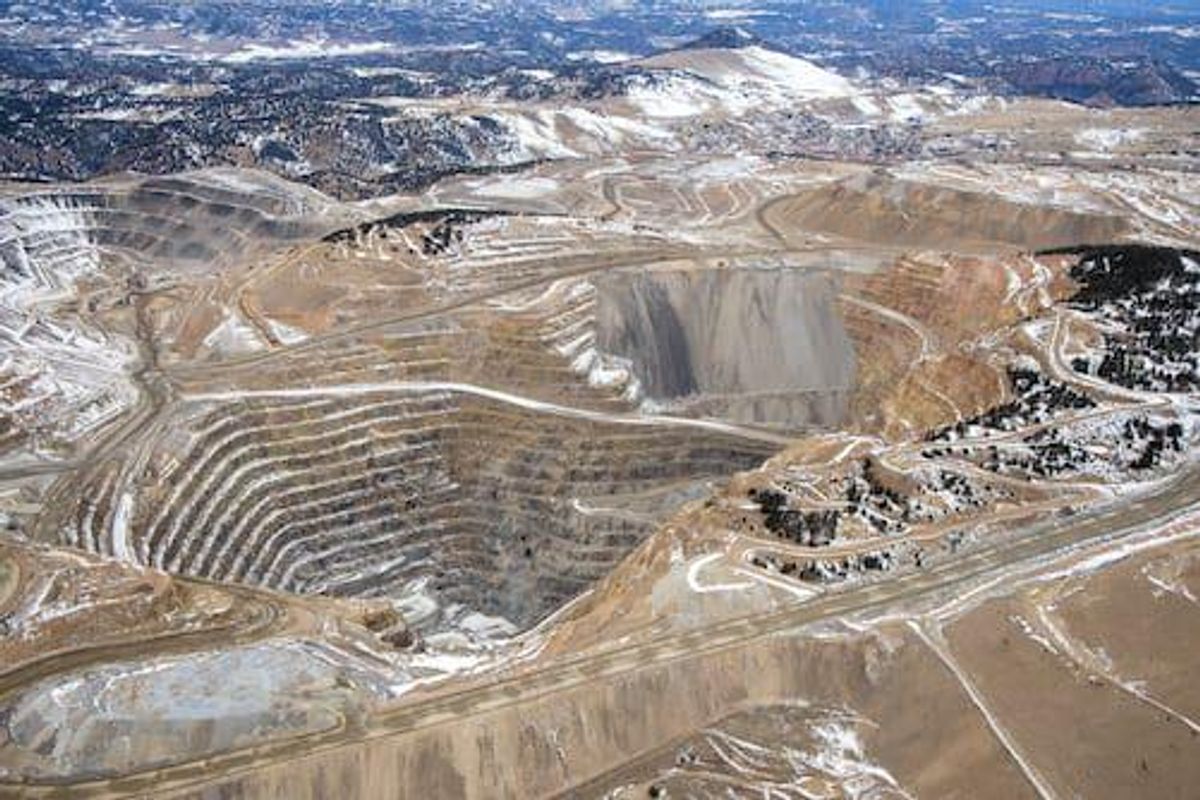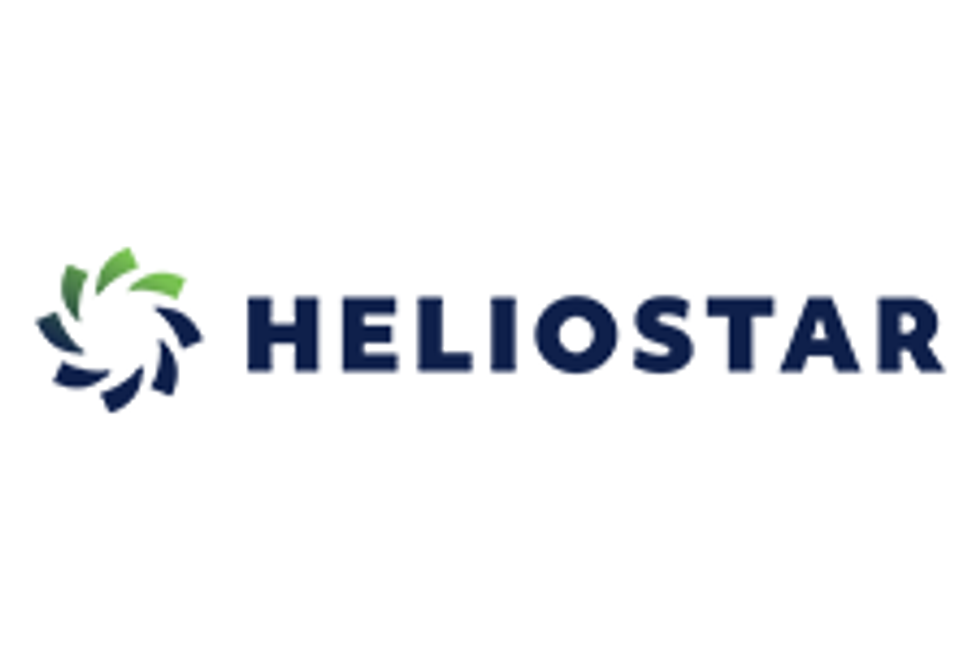Low Cost, High Returns: How Gold-mining Operations Benefit from Heap Leaching Extraction Technology

Heap leaching can provide a simple, low-cost method for gold mining.
Heap leaching can provide a simple, low-cost method for gold mining.
Building and permitting a mill to process mined resources can take at least a decade, not to mention a large outlay of capital. Heap leaching is a hydrometallurgical technique with lower operational costs than more conventional processing technologies. The technique offers gold producers a user-friendly extractive solution with the ability to significantly improve recovery rates and fast-track a property into production. This well-proven and cost-effective approach to precious metals extraction has been used by majors including Barrick Gold (TSX:ABX,NYSE:GOLD) and Newmont (TSX:NGT,NYSE:NEM), and is increasingly being considered both in the design of new mines and the expansion of existing operations.
Heap leaching improves efficiencies, lowers costs
The heap leaching process for precious metals typically begins with low-grade surface ore that has been separated through crushing. To maximize recoveries, this crushed ore is then agglomerated prior to leaching. This involves mixing the ore with lime or portland cement to produce larger masses of material that are more uniform and easier to leach than fine particulate matter which can clog and slow down the flow of solution as it percolates through the heap. Once the agglomeration stage is complete, the material is then spread over high-density polyethylene membrane-lined leaching pads specially designed to prevent contaminants from entering the soil and groundwater. Next, a leaching solvent such as sulfuric acid or cyanide is sprayed over the ore, dissolving the gold and silver as it passes through the heap. This creates a solution pregnant with valuable minerals that can be recovered via carbon absorption or the Merrill-Crowe process.
Gold projects that host near-surface mineralization associated with low-grade oxides that are also capable of supporting a large-scale mining project are more amenable to the heap leach process. The process can also be used to recover economical amounts of valuable metals from tailings and waste stockpiles. High grade, sulphide gold often requires more sophisticated processing techniques with more expensive equipment. In deposits that contain both oxides and sulfides , heap leaching the oxide resources can move a project to cash flow at a quicker pace and generate the capital required to finance the more expensive processing facilities required to tackle a sulphide orebody.
Exploration companies like CANEX Metals (TSXV:CANX) have the potential to leverage on heap leaching extraction systems as a low cost mining technology. CANEX is currently developing a new gold discovery at its flagship Gold Range project in Arizona. “We’re right on the edge of the discovery curve. We have sampled widespread gold mineralization over a 5 by 3 kilometre area. We have mapped key controlling structures with geophysics and identified several targets across our Gold Range property. Our current focus is on the Eldorado oxide gold target which has a potential size of 200m x up to 3km. While it is early days, RC drilling to date is giving us some good bulk tonnage grades with good continuity. The preliminary metallurgical (cyanide soluble gold results from Eldorado) confirm the potential as a bulk tonnage heap leach target and further de-risk the exploration concept. The average cyanide soluble gold value of 79.5% compares very well to current heap leach producers and development projects in western North America. We’re really excited to see this opportunity develop as the market is in need of high value, heap leach, low-cost mining targets,” said CANEX Metal CEO Dr. Shane Ebert.
Heap leaching mines in operation
The World Gold Council has reported that new gold discoveries have declined over the past three decades and the average grade of new discoveries is also in decline. In a world where new gold discoveries are harder to find and gold grades are declining, heap leaching technology offers miners the ability to recover more gold from lower grade material at a lower cost. Heaping leaching can improve the economic viability of new projects, breathe new life into old mines and extend the life of existing mines.
Northern Vertex Mining (TSXV:NEE) owns and operates the nearby Moss gold mine, currently the largest precious metals mine in Arizona with open pit mine and heap leach processing. Argonaut Gold (TSX:AR) has successfully developed and operated several open pit heap leach mines. The company’s latest project is the Nevada-based oxide gold heap leach project Florida Canyon.
Other notable regional developers and operators of gold heap leach projects include: Fiore Gold’s (TSXV:F) Pan mine, a heap leach gold project located in in east-central Nevada.
Heap leaching an opportunity for investors
Heap leaching has proven successful for large-scale use in gold projects for decades. “Heap leaching technology was a major breakthrough because it significantly reduced gold recovery costs for low-grade but high-tonnage ‘Carlin deposits’ such as those found in Nevada,” according to Kitco contributor Jack Graham. The heap leaching technique was first used for precious metals recovery in 1969 at the Cortez gold mine where it proved highly-efficient at improving recoveries from near-surface oxidized ore, notes Graham. Today, Barrick Gold’s Cortez property includes the Pipeline complex open-pit operation and the recently discovered Cortez Hills deposit, which is Nevada’s longest-running gold mine.
This INNSpired article was written as part of an advertising campaign for a company that is no longer a client of INN. This INNSpired article provides information which was sourced by INN, written according to INN's editorial standards, in order to help investors learn more about the company. The company’s campaign fees paid for INN to create and update this INNSpired article. INN does not provide investment advice and the information on this profile should not be considered a recommendation to buy or sell any security. INN does not endorse or recommend the business, products, services or securities of any company profiled. If your company would benefit from being associated with INN's trusted news and education for investors, please contact us.





